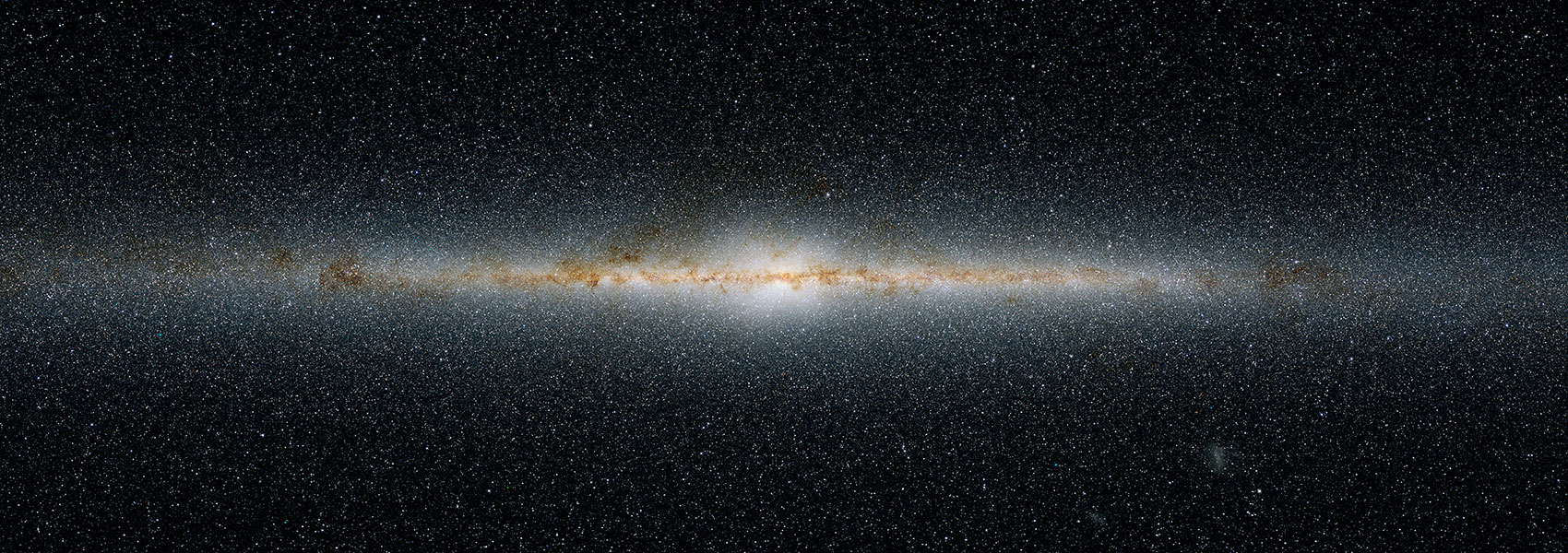April
2024
•
2024ApJS..271...55K
Authors
•
Kirkpatrick, J. Davy
•
Marocco, Federico
•
Gelino, Christopher R.
•
Raghu, Yadukrishna
•
Faherty, Jacqueline K.
•
Bardalez Gagliuffi, Daniella C.
•
Schurr, Steven D.
•
Apps, Kevin
•
Schneider, Adam C.
•
Meisner, Aaron M.
•
Kuchner, Marc J.
•
Caselden, Dan
•
Smart, R. L.
•
Casewell, S. L.
•
Raddi, Roberto
•
Kesseli, Aurora
•
Stevnbak Andersen, Nikolaj
•
Antonini, Edoardo
•
Beaulieu, Paul
•
Bickle, Thomas P.
•
Bilsing, Martin
•
Chieng, Raymond
•
Colin, Guillaume
•
Deen, Sam
•
Dereveanco, Alexandru
•
Doll, Katharina
•
Durantini Luca, Hugo A.
•
Frazer, Anya
•
Gantier, Jean Marc
•
Gramaize, Léopold
•
Grant, Kristin
•
Hamlet, Leslie K.
•
Higashimura, Hiro
•
Hyogo, Michiharu
•
Jałowiczor, Peter A.
•
Jonkeren, Alexander
•
Kabatnik, Martin
•
Kiwy, Frank
•
Martin, David W.
•
Michaels, Marianne N.
•
Pendrill, William
•
Pessanha Machado, Celso
•
Pumphrey, Benjamin
•
Rothermich, Austin
•
Russwurm, Rebekah
•
Sainio, Arttu
•
Sanchez, John
•
Sapelkin-Tambling, Fyodor Theo
•
Schümann, Jörg
•
Selg-Mann, Karl
•
Singh, Harshdeep
•
Stenner, Andres
•
Sun, Guoyou
•
Tanner, Christopher
•
Thévenot, Melina
•
Ventura, Maurizio
•
Voloshin, Nikita V.
•
Walla, Jim
•
Wędracki, Zbigniew
•
Adorno, Jose I.
•
Aganze, Christian
•
Allers, Katelyn N.
•
Brooks, Hunter
•
Burgasser, Adam J.
•
Calamari, Emily
•
Connor, Thomas
•
Costa, Edgardo
•
Eisenhardt, Peter R.
•
Gagné, Jonathan
•
Gerasimov, Roman
•
Gonzales, Eileen C.
•
Hsu, Chih-Chun
•
Kiman, Rocio
•
Li, Guodong
•
Low, Ryan
•
Mamajek, Eric
•
Pantoja, Blake M.
•
Popinchalk, Mark
•
Rees, Jon M.
•
Stern, Daniel
•
Suárez, Genaro
•
Theissen, Christopher
•
Tsai, Chao-Wei
•
Vos, Johanna M.
•
Zurek, David
•
The Backyard Worlds: Planet 9 Collaboration
Abstract
•
A complete accounting of nearby objects—from the highest-mass white dwarf progenitors down to low-mass brown dwarfs—is now possible, thanks to an almost complete set of trigonometric parallax determinations from Gaia, ground-based surveys, and Spitzer follow-up. We create a census of objects within a Sun-centered sphere of 20 pc radius and check published literature to decompose each binary or higher-order system into its separate components. The result is a volume-limited census of ∼3600 individual star formation products useful in measuring the initial mass function across the stellar (<8M ⊙) and substellar (≳5M Jup) regimes. Comparing our resulting initial mass function to previous measurements shows good agreement above 0.8M ⊙ and a divergence at lower masses. Our 20 pc space densities are best fit with a quadripartite power law, $\xi (M)={dN}/{dM}\propto {M}^{-\alpha }$ , with long-established values of α = 2.3 at high masses (0.55 < M < 8.00M ⊙), and α = 1.3 at intermediate masses (0.22 < M < 0.55M ⊙), but at lower masses, we find α = 0.25 for 0.05 < M < 0.22M ⊙, and α = 0.6 for 0.01 < M < 0.05M ⊙. This implies that the rate of production as a function of decreasing mass diminishes in the low-mass star/high-mass brown dwarf regime before increasing again in the low-mass brown dwarf regime. Correcting for completeness, we find a star to brown dwarf number ratio of, currently, 4:1, and an average mass per object of 0.41 M ⊙.
Links



.png?1523393848)

